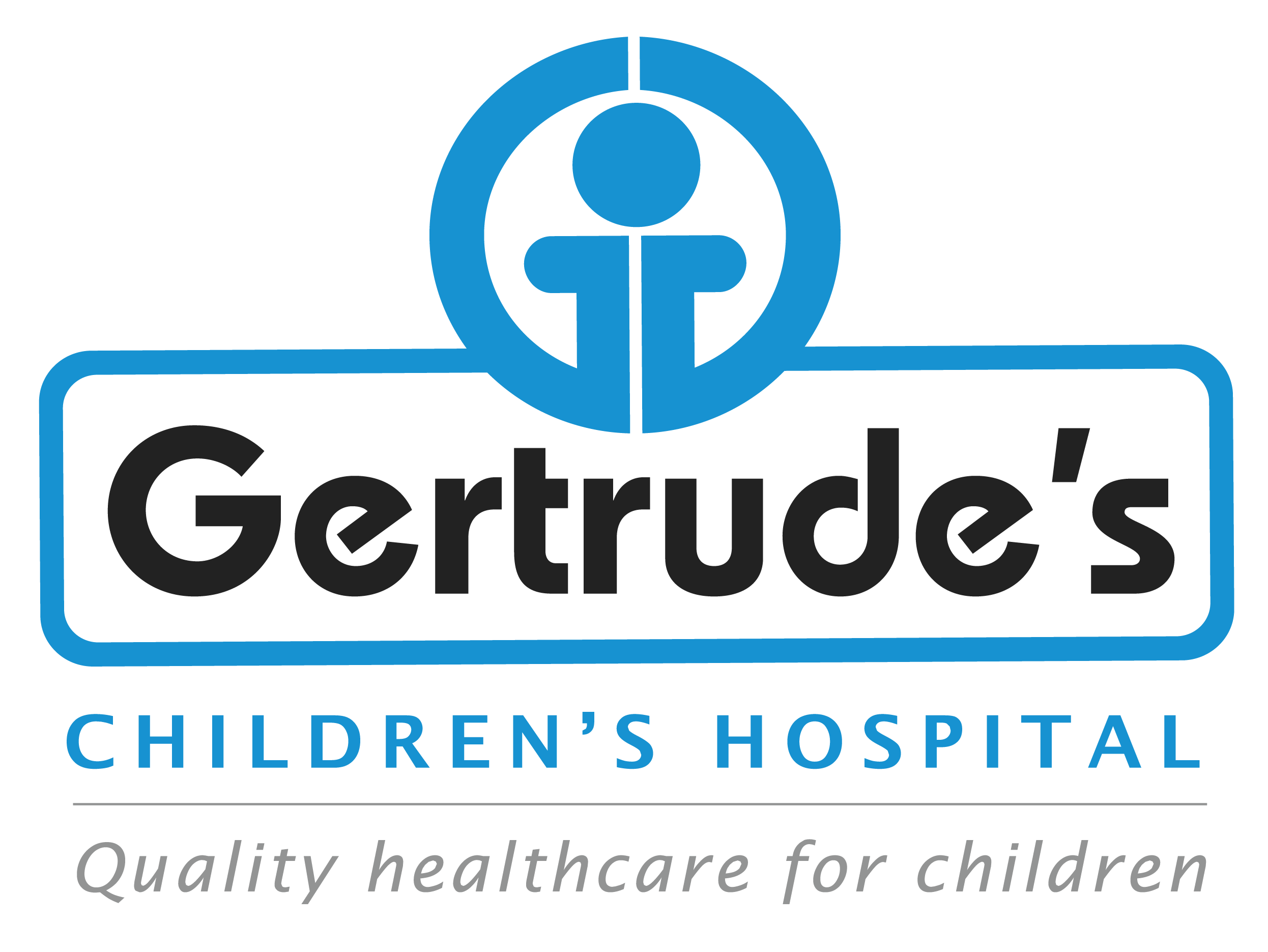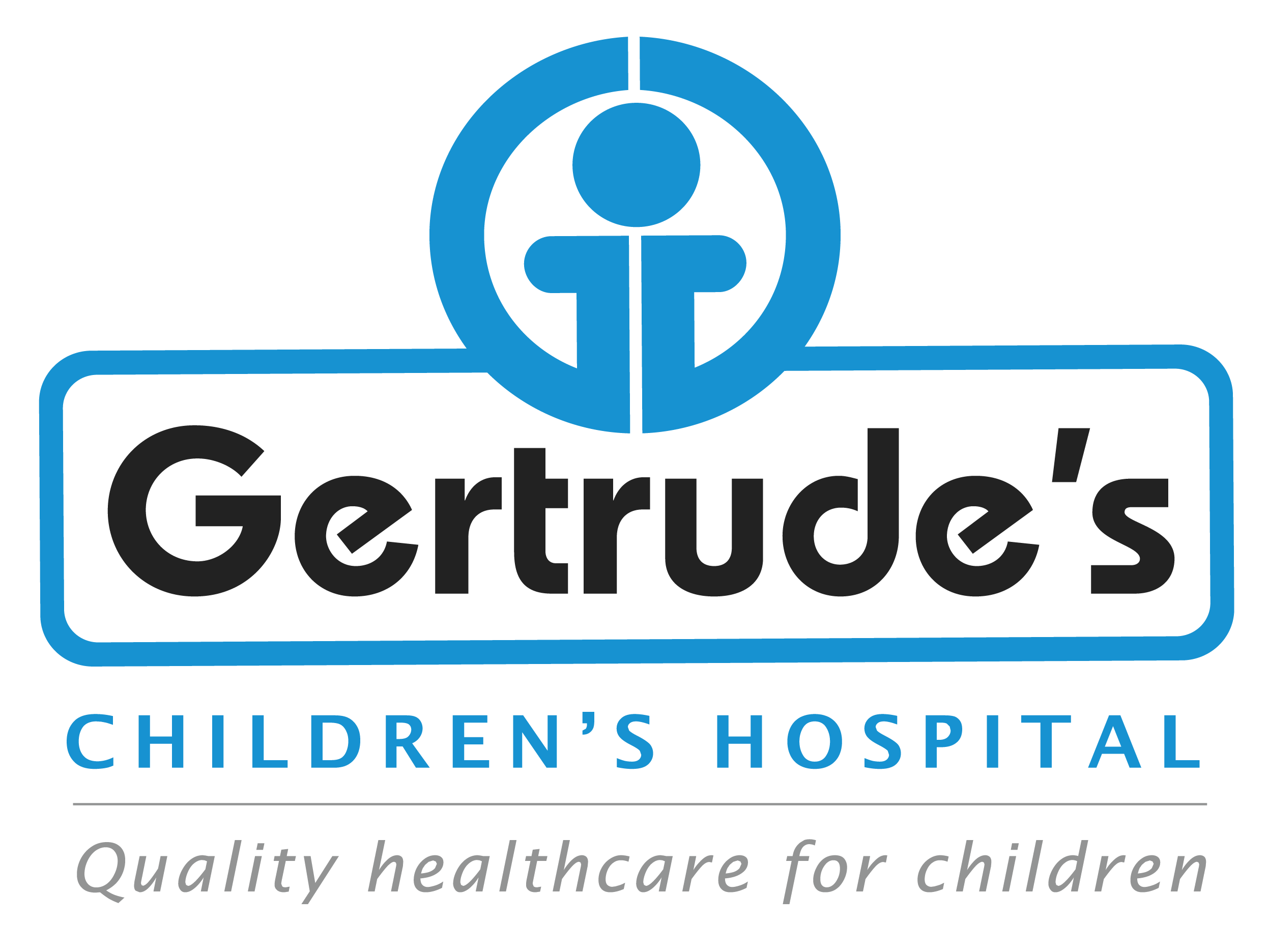Alopecia areata is an autoimmune condition that causes sudden, patchy hair loss on the scalp, face, and sometimes other areas of the body. The body’s immune system mistakenly attacks hair follicles, leading to hair loss. While the condition is not life-threatening, it can be emotionally distressing, especially for children and young adults.
Symptoms
- Patchy hair loss: Small, round patches of hair loss on the scalp or other parts of the body.
- Smooth, hairless patches: The skin where the hair has fallen out is usually smooth and not red or inflamed.
- Nail changes: In some cases, the fingernails or toenails may become pitted, ridged, or develop white spots.
- Sudden onset: Hair loss often occurs suddenly, with new patches appearing within a few days or weeks.
Causes
- Autoimmune response: The immune system mistakenly targets and attacks healthy hair follicles, causing hair loss.
- Genetics: A family history of alopecia areata or other autoimmune conditions may increase the risk of developing the condition.
- Stress or illness: In some cases, significant stress or illness may trigger or worsen hair loss, though the exact link is not fully understood.
Diagnosis
- Physical examination: A doctor will examine the pattern of hair loss and check for signs of hair loss in other areas of the body.
- Medical history: Understanding any family history of autoimmune diseases or other health conditions can provide clues.
- Scalp biopsy: In some cases, a small sample of skin may be taken from the scalp to confirm the diagnosis and rule out other causes of hair loss.
- Blood tests: These may be conducted to check for underlying autoimmune conditions or other factors that could contribute to hair loss.
Treatment Options
There is no cure for alopecia areata, but treatments can help manage symptoms and encourage hair regrowth. At Gertrude’s Children’s Hospital, we offer a range of treatment options tailored to each child’s needs:
- Topical treatments: Corticosteroid creams or ointments applied directly to the affected areas to reduce inflammation and promote hair growth.
- Injections: Corticosteroid injections directly into the bald patches can stimulate hair regrowth in small areas.
- Oral medications: In some cases, oral medications that modulate the immune system may be prescribed.
- Light therapy: Also known as phototherapy, this involves using ultraviolet light to stimulate hair growth.
- Supportive care: Counseling and support groups to help children and their families cope with the emotional impact of hair loss.
Why Choose Us
Expert team
Our dermatologists and pediatric specialists have extensive experience in treating alopecia areata in children.
Personalized care
We create treatment plans that fit each child’s unique needs
Support and education
We teach children and families how to care for their skin and prevent future breakouts
Advanced treatments
Access to the latest acne treatments and skincare products
Frequently Asked Questions
Q: Is alopecia areata permanent?
A: In many cases, hair regrows on its own, although it may take several months. Some people may experience recurrent episodes of hair loss.
Q: Can alopecia areata affect my child’s overall health?
A: Alopecia areata affects hair follicles, but it does not pose any direct risk to your child’s physical health. However, it can have a significant emotional impact.
Q: What treatments are available for alopecia areata?
A: Treatment options include topical corticosteroids, injections, oral medications, and light therapy. The best approach depends on the severity of the condition and the patient’s response to treatment.
Contact
Please feel free to contact us with any general or medical enquiry by calling us.





